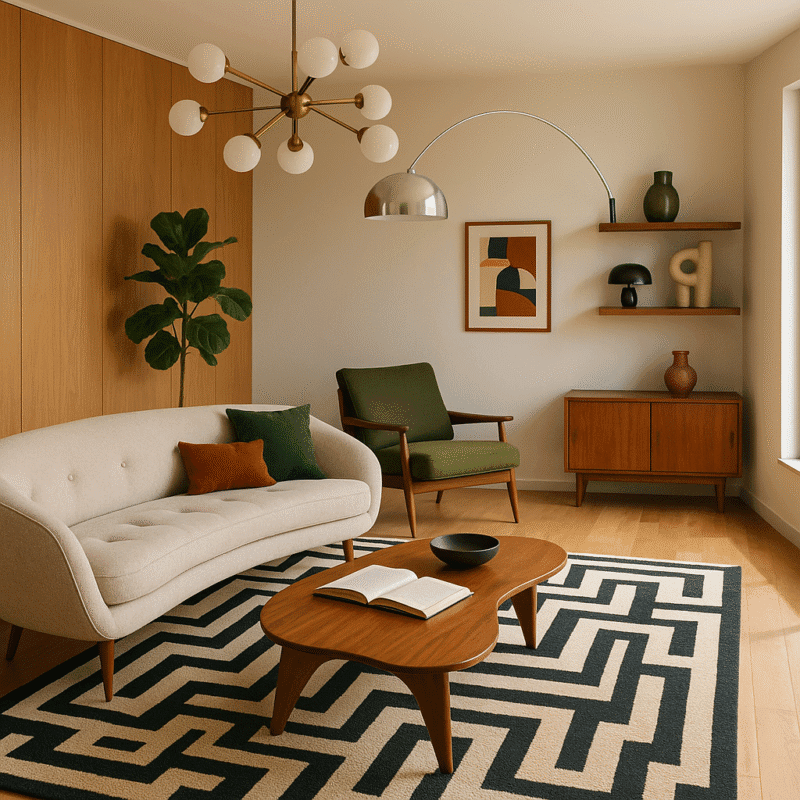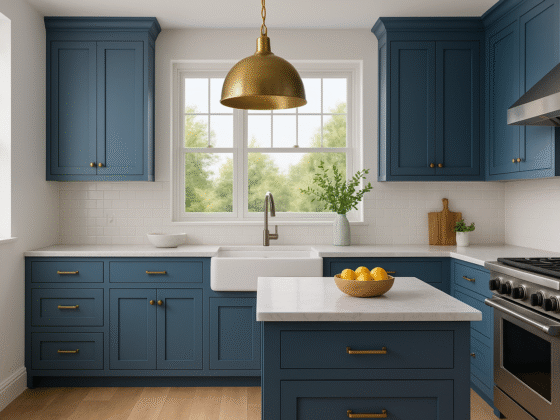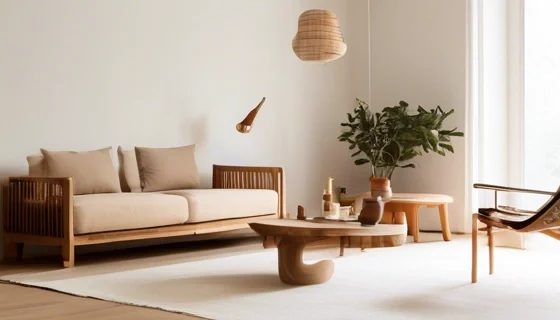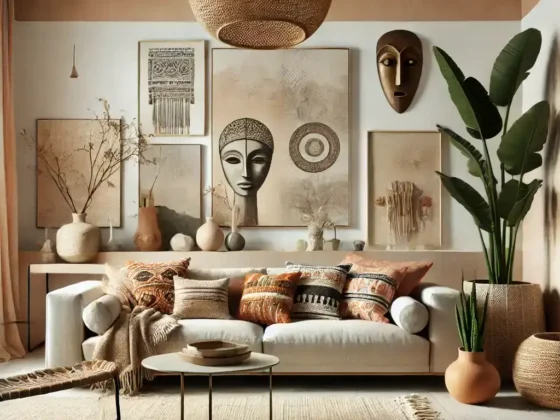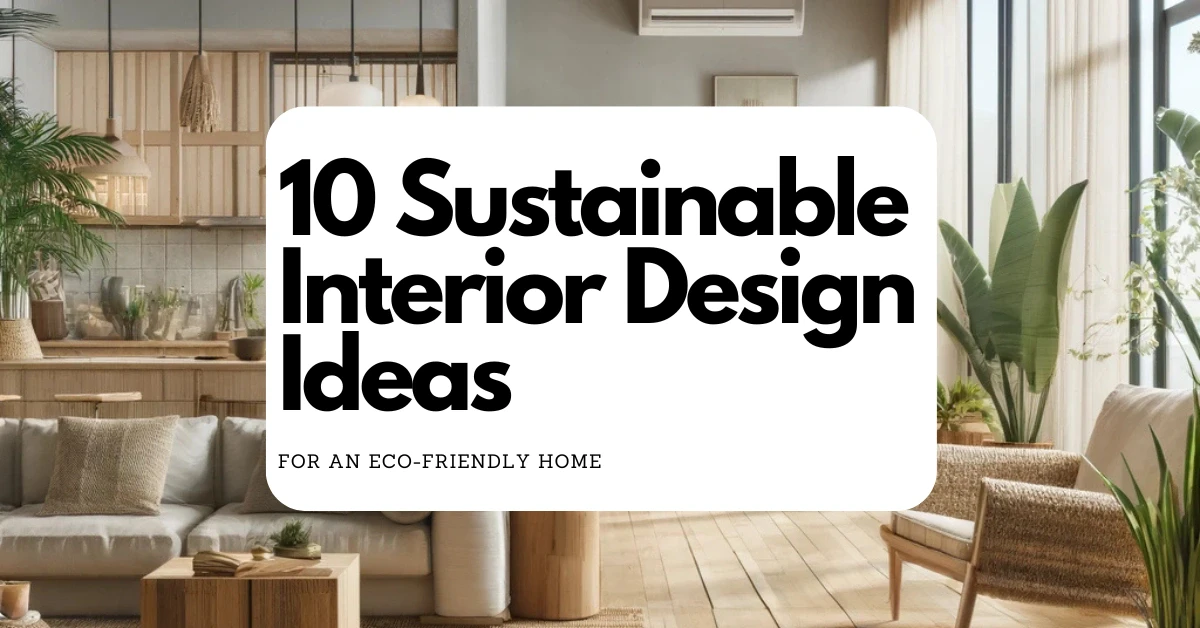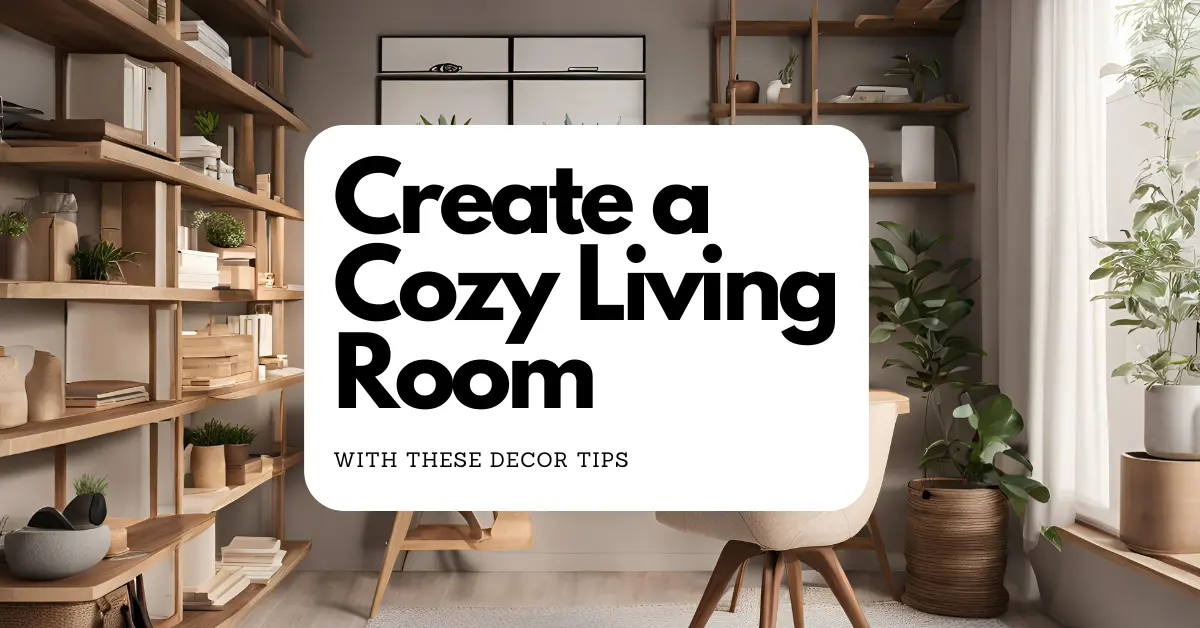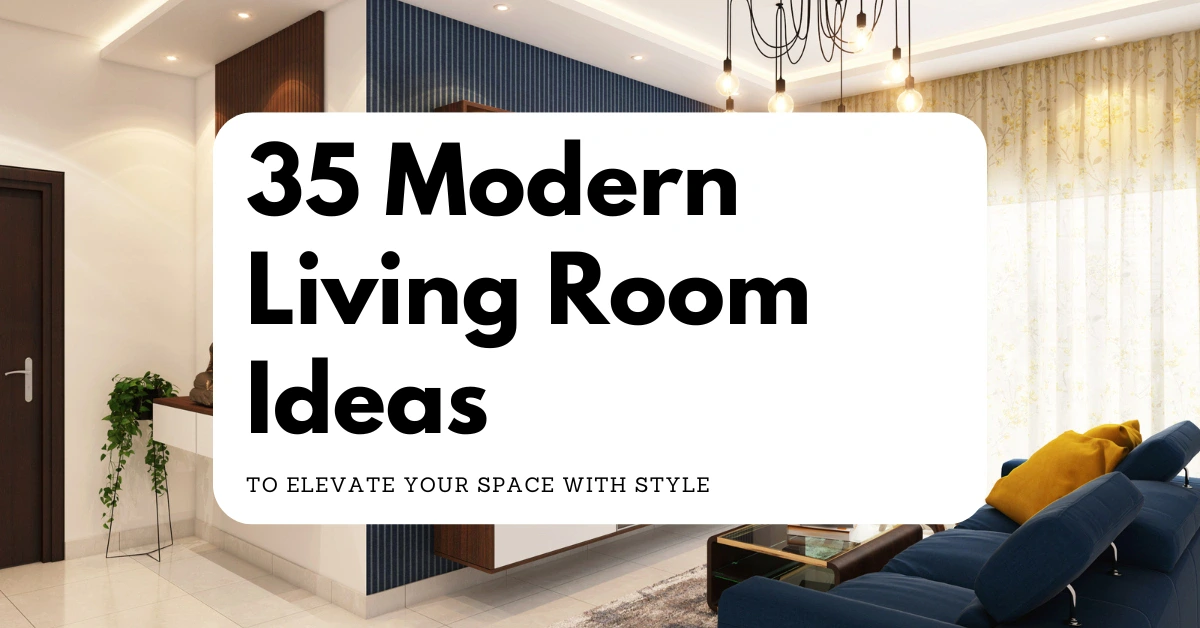Table of Contents Show
Mid-Century Modern (MCM) is not just a trend; it’s a design philosophy that remains the ultimate blend of function, art, and timeless style. Born from the post-war era’s optimism, its clean lines, organic shapes, and warm materials offer an enduring elegance often imitated but rarely mastered.
Your current article on this topic covers the basics, but to truly outrank the top 3 competitors and become the most comprehensive resource, we must dive into the practical, financial, and advanced architectural elements they miss.
This guide will transform your living room project from simple decor ideas into an educated design investment.
I. Understanding the Mid-Century Modern Philosophy
To design an authentic MCM space, you must understand the core values that define the movement (1945–1965).
The Post-War Ethos: Function, Optimism, and Affordability
The style emerged from the need for functional, mass-produced, yet beautifully designed furniture for smaller, modern homes. Its primary characteristics are:
- Clean Lines & Tapered Legs: Low-slung profiles and iconic tapered wooden legs that create a sense of lightness and height, preventing the furniture from feeling heavy or dominating the space.
- Organic Forms: Sculptural pieces, often inspired by nature, like kidney-shaped tables or the curved shells of an Eames chair, provide a soft counterpoint to the era’s strong geometric architecture.
- Mixed Materials: A deliberate blend of natural wood (teak, walnut, rosewood), industrial metals (brass, chrome), and new synthetics (fiberglass, vinyl).
Regional Sub-Styles: Discovering Your MCM Niche (Competitor Gap)
Most guides treat MCM as one style. Elevate your design by embracing one of these distinct sub-styles:
| Sub-Style | Key Characteristics | Living Room Aesthetic |
| Danish Modern | Focused on natural wood (Teak), craftsmanship, and the hygge concept of coziness. | Highly comfortable, minimal, light-toned wool upholstery, and subtle curves. |
| American Modern | Architectural focus, often using industrial materials like aluminum and glass. | Bold, sculptural forms (Eames, Knoll), darker walnut wood, and a focus on open-plan living. |
| California/Tropical MCM | Strong indoor/outdoor connection, rougher textures like stone and flagstone. | Earthy neutrals, leather, indoor plants (Monstera, Fiddle Leaf Fig), and expansive glass walls. (See how to blend natural elements with our guide on Modern Patio Decor). |
II. Essential Elements and Design Application
Furniture: Selecting Seating That Defines the Era
- The Statement Sofa: Opt for a low-profile, tufted, or straight-back sofa with exposed wooden frames and tapered legs. Neutral upholstery (grey, cream) allows accent pieces to shine. For deeper warmth, choose a rich leather or velvet. (For a focus on comfort, see our tips on Cozy Living Room Decor).
- The Iconic Lounge Chair: This is the most important investment piece. It serves as a visual anchor and conversation starter. Options range from the Eames Lounge Chair to the Womb Chair by Eero Saarinen.
- The Sculptural Coffee Table: Move beyond basic rectangles. Choose organic shapes (like the Noguchi Table) or materials like smoked glass and brass.
The Unsung Icon: MCM Lighting as Sculpture (Competitor Gap)
MCM lighting is not just functional; it’s an architectural feature that adds height and interest.
- The Sputnik Chandelier: A burst of optimism and space-age design. Perfect for anchoring a large seating area.
- The Arco Floor Lamp: An Italian Modern classic featuring a heavy marble base and a long, curving chrome arm that arches over the sofa, providing overhead light without a ceiling fixture.
- Bubble Lamps (George Nelson): Soft, diffused lighting perfect for creating a warm, cozy ambiance.
Mastering the MCM Color Palette and Textures
Start with a foundation of earthy neutrals (off-white, beige, muted grey). Inject the signature MCM color pops: mustard yellow, olive green, burnt orange, and deep teal (Check our guide on incorporating these deeper tones in the Modern Kitchen Decor Ideas).
III. Advanced Design and Architectural Integration
Designing for Real Life: Small Spaces and Non-MCM Homes (Crucial Gap)
The low profile of MCM is naturally suited for smaller rooms, but you must be strategic:
- Embrace Visibility: Always choose furniture with exposed, tapered legs to maximize floor visibility, creating an illusion of space.
- Go Vertical: Use floating shelves and low-profile credenzas instead of tall, bulky cabinets. This maintains the horizontal emphasis of MCM design. (Need smart solutions? See our article on Smart Organization Hacks).
- Use Wall-Mounted Units: Wall-mounted storage keeps the floor clear. For coffee tables, opt for triangular or kidney shapes that are easier to maneuver around than large squares. (Explore more small-space concepts in our Quick and Cheap DIY Home Decor Ideas for Small Spaces).
Working with MCM Architecture (Architectural Gap)
If your home has original MCM features, use them to your advantage:
Built-in Cabinetry: Often featuring simple, flat-front doors in walnut or teak, these should be celebrated. Use them for display rather than overwhelming the space with new, stand-alone storage pieces.
Stone and Brick Fireplaces: These rough, natural materials contrast beautifully with the sleek wood of MCM furniture. Place seating groups to face the fireplace as a central focal point.
Window Walls & Clerestory Windows: The style demands a strong connection to nature. Use minimal window treatments—sheer linen or simple roller blinds—to maintain the view and maximize natural light. Never block the light with heavy drapes.
IV. The Investment Guide: Budget, Authenticity, and Sourcing
This financial and practical guide provides unparalleled value, directly addressing user fear of fakes and high cost.
Your MCM Living Room Budget Breakdown (Quantifiable Gap)
| Component | Budget-Friendly Tier (Est. $2,000) | Investment Tier (Est. $15,000+) |
| Sofa | High-quality replica or direct-to-consumer brand (e.g., Article) with simple lines. | Licensed design (Knoll, Herman Miller) in full-grain leather or high-end fabric. |
| Accent Chair | Vintage find needing minimal upholstery, or a modern chair with classic MCM legs. | Authentic piece by a master like Hans Wegner or a licensed Eames. |
| Sourcing Strategy | Thrift stores, Etsy vintage sellers, local estate sales, and DIY upholstery. | High-end auction houses (1stDibs, Chairish) and official licensed retailers. (Find simple ways to refresh finds with Easy DIY Home Decor Ideas on a Budget). |
The Authenticity Check: How to Spot a True MCM Piece (Critical Gap)
Investing in original MCM is an asset, but fakes are rampant. Here’s what to look for:
- Check the Hardware: Authentic MCM often uses brass or chrome screws/fittings, which tend to have a patina (natural wear). Modern fakes often use cheap, shiny steel.
- Inspect the Joinery: Look for superior craftsmanship like dovetail joints in drawers. The era valued quality construction.
- Examine the Wood: True vintage pieces primarily used solid Teak or Walnut. If a piece is exceptionally light or has an uneven wood grain, it may be a cheap veneer or laminate.
- Look for Manufacturer Marks: Authentic designs from Knoll, Herman Miller, or Vitra will have a stamp, label, or signature hidden underneath the cushions or base.
Caring for Your MCM Treasures (Maintenance Gap)
Fiberglass Shells (Eames Chairs): Keep them out of direct, intense sunlight to prevent the fiberglass or plastic from becoming brittle and yellowing over time.
Teak & Walnut Wood: Never use spray polish. Use specialized Danish oil or Teak oil 1-2 times a year to feed the wood and restore its natural luster.
Leather Upholstery: Use a quality leather conditioner regularly to prevent the leather from drying out and cracking, especially on cushions exposed to light.
V. MCM Blends: Mixing Styles Seamlessly
MCM’s versatility means it pairs well with several contemporary styles, keeping your home fresh without losing its timeless appeal.
MCM + Contemporary: Achieve this by using classic MCM silhouettes (like a credenza or lounge chair) but opting for contemporary upholstery colors (blush pink, midnight blue) and swapping out brass accents for matte black.
MCM + Boho: The organic shapes and warm wood of MCM are natural partners for the textures of Boho. Pair a sleek MCM sofa with a shaggy Beni Ourain rug and rattan accents. (Dive deeper into this blend with our guide on Modern Boho Living Room).
MCM + Japandi: MCM shares the same emphasis on functionality and natural materials as Japandi. Focus on the Danish Modern sub-style and pair it with minimalist accessories, neutral colors, and low-profile storage. (For more on this minimal aesthetic, read about Japandi Bedroom Designs).
Conclusion: Designing Your Timeless Space
Your Mid-Century Modern living room should be a reflection of a design ethos built on simplicity, quality, and joy. By focusing on authentic materials, understanding the financial and maintenance aspects, and embracing the regional nuances, you are moving beyond simple decorating.
You are curating a space that is a genuine, beautiful, and enduring asset.
Ready to apply these concepts to other rooms?
Explore functional beauty in your kitchen with our article on Cozy Kitchen Ideas.
Continue the clean lines in your sleep space with our Modern Bedroom Decor Ideas or Minimalist Bedroom Design.
